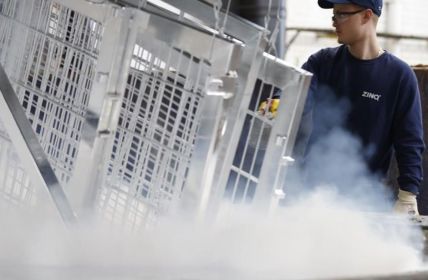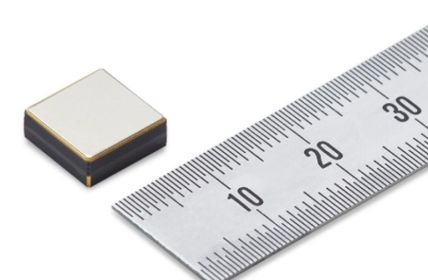In 2021, global Internet of Things (IoT) investments increased by 22 percent. In addition to accelerating factors, the expansion of IoT is also influenced by those that inhibit growth. Most notably, the global shortage of components is having an impact. There is a shortage of chips relevant for the IoT. The background to this is the currently unstable supply chains – which could become more stable with the help of IoT. Thus, there will be no exponential push at first.
Table of Contents: What awaits you in this article
IoT investments: Development is progressing (Video)
Application examples for the IoT abound: refrigerators linked to the Internet, shelves that autonomously report their fill level to the merchandise management system, or frahling sensors that control a paid-search campaign. Development is progressing, especially in the manufacturing industry and in the smart home sector.
Growth falls short of expectations
Overall, international investment in IoT applications is growing strongly, but not as exponentially as one might expect from a technology with disruptive potential. The Hamburg-based consultancy IoT Analytics specializes in analyses, figures and forecasts on this topic. For the year 2021, it has identified a global increase of 22 percent in IoT investments by companies.
Video: Global chip shortage: How microchips became one of the worlds most precious resources
Strong demand for IoT hardware as well as services
Looking at the details, the segment of operational IoT investments increased from $129 billion to $158 billion, according to IoT Analytics. Thirty-six percent of this is for hardware and IoT services investments, 26 percent is for IoT software (development and purchase), and four percent is for IoT security measures. A comparison with 2020 shows: Global IoT growth has nearly doubled, increasing from 12 percent to the aforementioned 22 percent.
However, IoT Analytics consultants predict a more linear growth around 20 percent in the future. Wenn sich das erfüllt, würde der globale Enterprise-IoT-Markt im Jahr 2027 bei rund 525 Milliarden US-Dollar liegen. Zur Einordnung der Zahlen: Der Marktforscher Gartner weist für 2021 weltweite IT-Ausgaben von 4,23 Billionen US-Dollar aus. The IoT share is less than four percent.
What is holding back IoT investments ( Video)
In a study, the Hamburg-based consultants identified 16 reasons that are responsible for both driving and slowing down IoT growth.
According to the study, drive comes from the following factors:
- Advances in communications technology – 5G should be mentioned here.
- Advances in artificial intelligence (AI)
- Focus of cloud providers on IoT
- Tightening of climate targets
- The need for fossil fuel conservation
- Change in the world of work due to Covid-19
- the trend toward home offices
The following factors are acting as a brake:
- Lack of chips for shoring
- shortage of skilled workers
- increase in cyber attacks
- The war in Ukraine
- Rise in prices
- Demand growing at a lower rate than expected
- IoT as an opportunity for supply chains
Video: How The Global Computer Chip Shortage Happened
IoT investment growth is being held back primarily by a global shortage of components. There is a shortage of chips for use in the Internet of Things. Analysts forecast that this shortage will continue to be felt until at least 2024. A problem currently being felt in all sectors is the collapsing supply chains and the consequences.
This is affecting the IoT industry worldwide and has multiple effects on the expansion of IoT. In addition to IoT components, other high-tech goods are of course equally affected. The crux: CIOs around the world see IoT in particular as an opportunity to make logistics more stable in the face of external influences.














